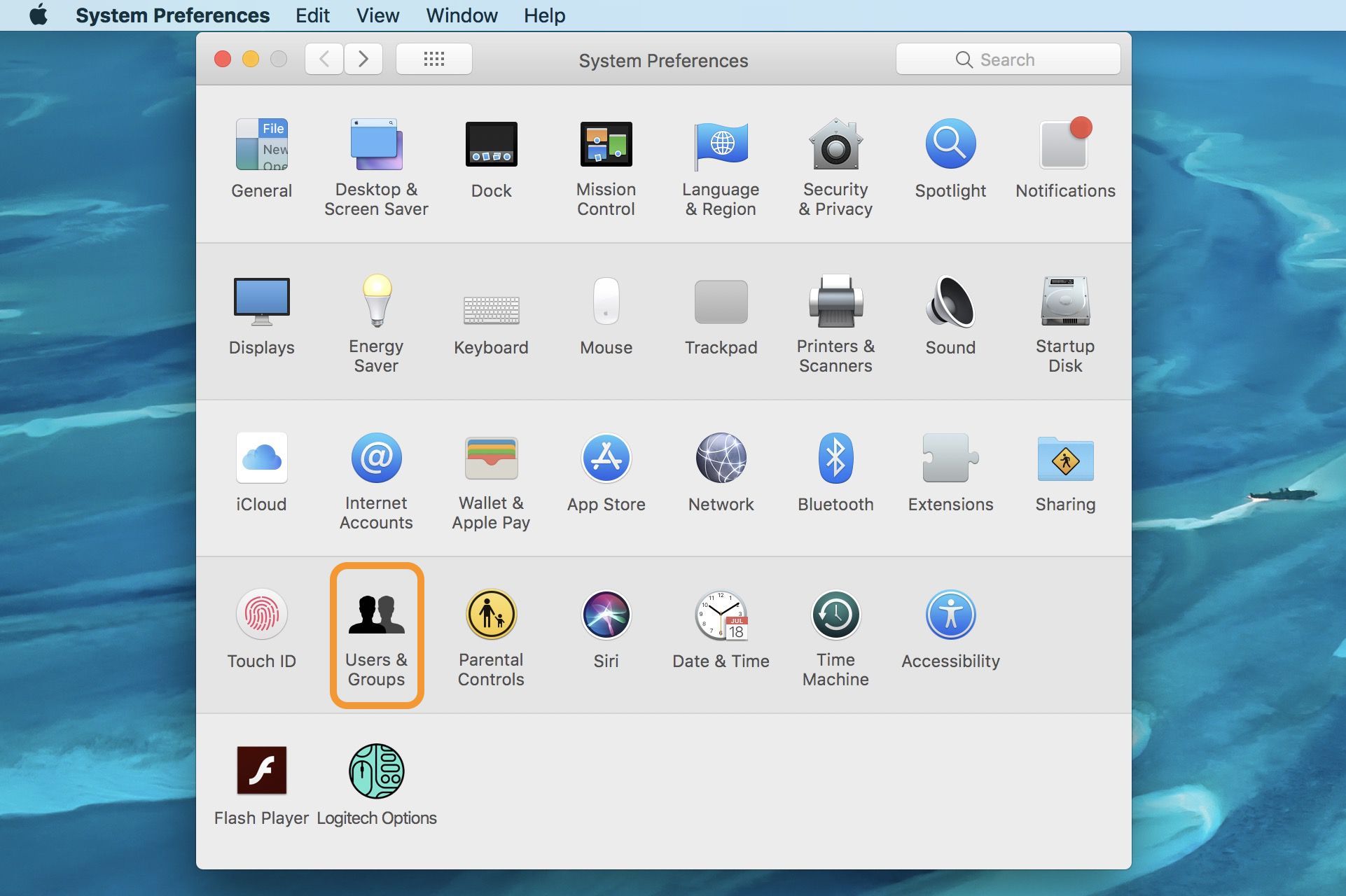To uninstall Chromium browser, launch App Cleaner → find the Chromium app and select all its files → click the Remove button. As you can see on the screenshot, App Cleaner & Uninstaller finds all the support files of any program installed on your Mac. Remove Search Marquis by clicking on the Remove icon next to its name. Confirm and get rid of Search Marquis and any other suspicious items. Now, click on the three-dotted line in your Chrome upper right corner. Click on Settings. Scroll down to the Search Engine part. Make sure that the Search engine used in the address bar is set to Google. Dec 06, 2019 Click next to the app that you want to delete, then click Delete to confirm. The app is deleted immediately. Apps that don't show either didn't come from the App Store or are required by your Mac. To delete an app that didn't come from the App Store, use the Finder instead.
Unlike force quitting Apps on Mac, uninstalling Apps on your macOS Sierra or Mac EL Capitan deletes the programs from your Mac or MacBook Pro completely. No matter you want to delete the Apps that you don't use anymore from your Mac or uninstall Apps that have been installed accidentally, you can follow the steps below to uninstall programs on your Mac easily and quickly. Read on to get more details. (If you are also interested in how to remove Apps on iPhone, learn how to delete iPhone Apps here.)
- Notice
- Looking for the free software to transfer photos from iPhone to computer or from computer to your iPhone? Read the article to get what you want.
How to uninstall Apps on Mac/MacBook Pro
As you may know, you can only uninstall Apps that are from App Store or websites. Apps that are part of your Mac cannot be removed as you wish. No matter you want to uninstall Apps from macOS Sierra or Mac OS X El Capitan, you can choose one of the two tips below to make it. The way to delete Apps that you downloaded from App Store is different from the way to remove programs that you downloaded elsewhere.
Tip 1: Delete Apps downloaded in App Store from Mac
Step 1: Tap on Launchpad in the Dock on your Mac.
Step 2: Press and hold on any of the App's icon until the icons begin to jiggle.
Step 3: Click the Delete button on the App you want to remove. (You can reinstall the App from App Store if you need.)
Tip 2: Uninstall App downloaded elsewhere
Step 1: Open Finder on your Mac.
How To Uninstall App On Mac Completely
Step 2: In the Finder sidebar, tap on Applications.
Step 3: If the App you want to install has an Uninstaller in the App's folder, double-click the App Uninstaller to remove the App from your Mac. While if that's not the case, drag the App from the current folder to Trash and then perform Empty Trash in Finder. (You can still get the App back before emptying the trash by clicking the App in Trash and choosing File >Put Back.)
Easy, right? Just three steps to uninstall programs on your Mac/MacBook Pro. If your Mac is running slow, deleting Apps is also a good way to make it run faster if the problem is caused by full storage on your device. For more tips on how to use your Mac or iDevice, go to iOS & Mac Topics to find what you need.
How To Delete Apps Off Of Mac Computer Backup
Notes:
It's highly likely that you are also an iPhone or iPad user. That's why I'd like to recommend a free iOS data transfer tool for you here. The FREEWARE that you will find useful is EaseUS MobiMover Free. With MobiMover installed on your Mac or PC, you can add contents from computer to iPhone/iPad (in iOS 8 or later), back up iPhone/iPad to computer and copy files from one iDevice to another. Contents including photos, videos, audios, contacts, messages, notes, calendars, and more can also be transferred to or out of your iDevice without any cost and limitation. Besides, you can also use MobiMover to delete/edit items existing on your device or add new items to your device from computer.
Sounds perfect? Install it on your Mac or PC and transfer files from your iPhone to computer to have a try.
How Can I Delete Apps From My Computer? - Apple Community

Step 1. Connect your iPhone to your computer running Windows OS or Mac OS with a USB cable. Tap 'Trust' on your iPhone screen when it pops up. Run EaseUS MobiMover and navigate to the 'Phone to PC' mode. Move your mouse to the right pane and click 'Next' to continue.
Step 2. MobiMover enables you to back up all the supportable data, such as photos, videos, messages, contacts and more. You can set the destination for saving iPhone backup file on your computer. If you don't do any change, MobiMover will save the data to your desktop. Once choose the files and set the location, click 'Transfer' to back up iPhone to computer without iTunes or iCloud
Step 3. Wait for a while and let the software finish data transfer. Please don't disconnect the device while transferring. When the process ends, you can view, edit or remove the copied files as you need.